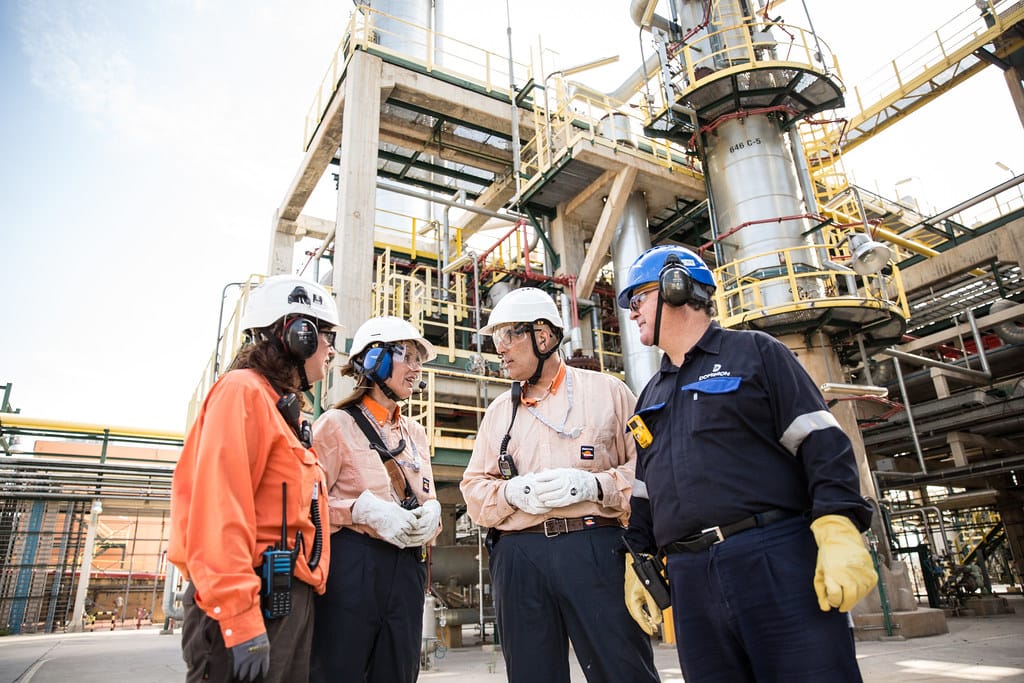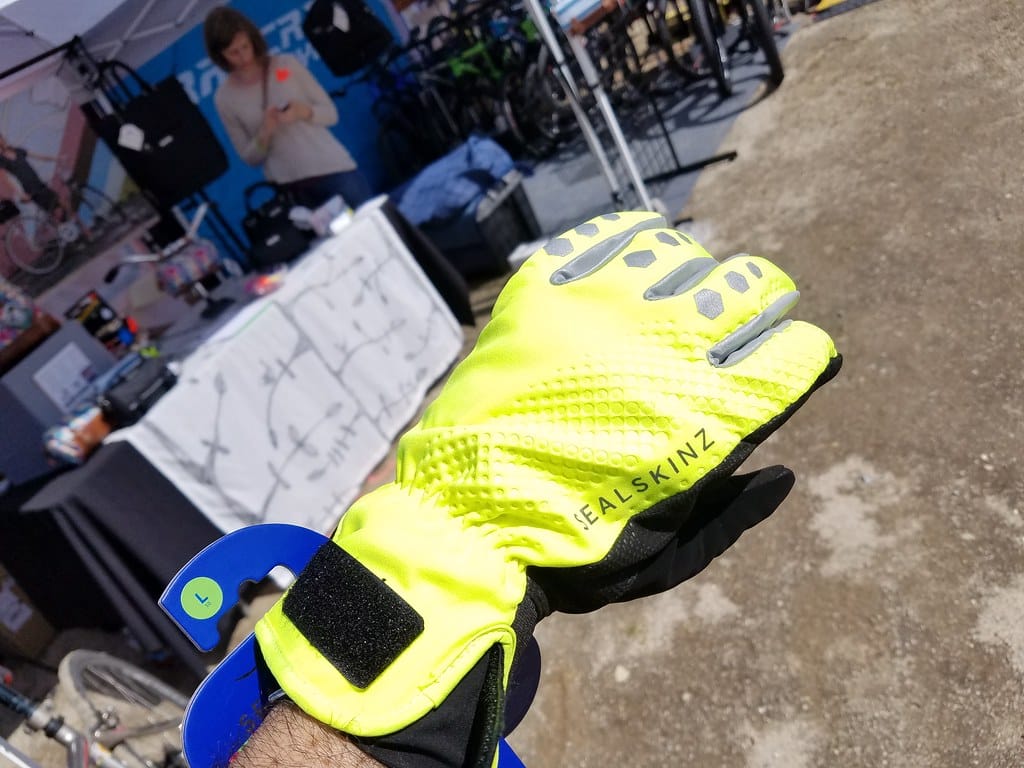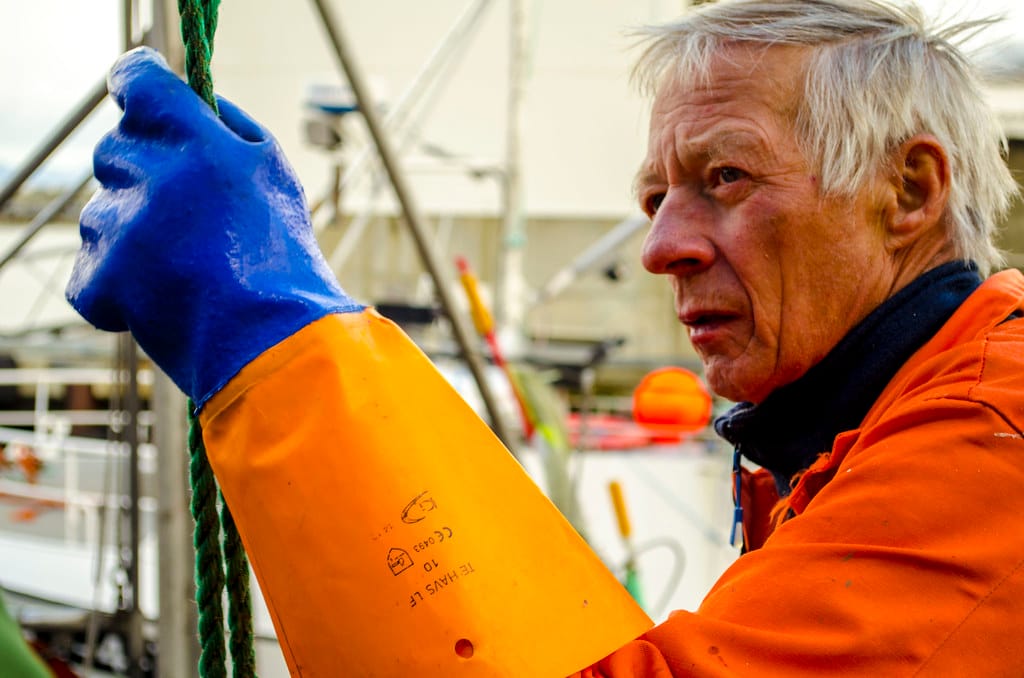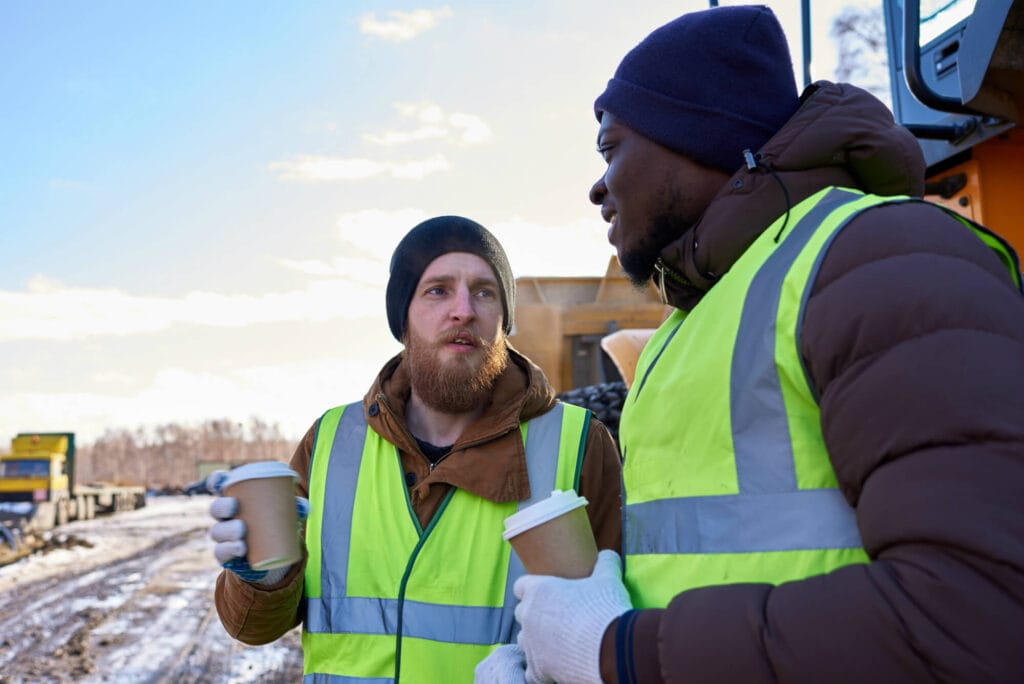
Introduction
In a world where industrial safety and compliance are becoming increasingly important, the PPE (Personal Protective Equipment) industry has emerged as a high-demand and stable-growth sector. Yet, for small entrepreneurs, especially those without prior experience in safety equipment or apparel, entering this market can appear daunting.
This is the story of how a Brazilian trader, once a small hardware dealer in São Paulo, used a modest $5,000 investment to successfully break into the PPE and workwear market. His journey—from small test orders to building long-term partnerships and eventually becoming a reliable PPE distributor—offers valuable lessons for anyone looking to enter a new, competitive B2B industry with limited capital.
This article explores how he started, the challenges he faced, how he overcame them, and the practical steps others can follow to replicate his success.
1. The Starting Point: A Small Hardware Trader with a Big Vision
1.1 Background
Before entering the PPE market, João Silva ran a small hardware store in São Paulo. His business primarily sold tools, safety gloves, and small construction accessories to local workshops and builders.
Like many small traders, João faced increasing price pressure from larger hardware chains. Margins were getting thinner, and he realized that selling low-value consumables could no longer sustain his business growth.
He noticed that many of his regular customers—electricians, welders, and mechanics—frequently asked about safety clothing such as coveralls, reflective vests, and flame-resistant jackets. However, João didn’t have access to suppliers who offered these items at competitive prices.
That’s when the idea struck him:
“If I can bring workwear directly from manufacturers in China, I can control both the pricing and the quality—and serve a market that’s only going to grow.”
1.2 The Initial $5,000 Investment
In 2021, João decided to take his first step. He allocated $5,000—a small but significant amount for his business—toward testing the market. His goal was not to make quick profits but to learn the supply chain, understand customer demand, and test logistics feasibility between China and Brazil.
He searched online through B2B platforms like Alibaba and 1688, eventually finding a few suppliers in China who specialized in workwear and PPE items—particularly reflective vests, cotton jackets, and safety uniforms.
2. The First Attempt: Testing the Market with Small Orders
2.1 Building Supplier Relationships
João started cautiously. His first order was a small batch of 300 reflective vests and 200 pairs of cotton work pants, sourced from a mid-sized manufacturer in Hebei Province, China.
The entire process—negotiation, sampling, and shipping—took around two months. João communicated with the supplier through WhatsApp and email, often relying on Google Translate to bridge the language gap.
Although communication wasn’t always smooth, the supplier was responsive and cooperative, providing certifications and product photos on request.
“The first shipment was my classroom,” João later said. “I learned how to negotiate, how to check packing lists, how to calculate shipping costs, and how to handle customs clearance.”
2.2 Introducing the Products to Local Customers
Once the first shipment arrived, João displayed the products in his hardware store and shared them with his existing network of clients.
The first reaction was mixed.
Some customers were impressed with the design and material, but others expressed skepticism about “Chinese-made” products, assuming they were lower in quality.
Instead of getting discouraged, João used this as market research feedback. He took notes on:
- Preferred colors and fabric weights for the Brazilian climate
- Sizing differences between Asian and Brazilian body types
- The types of certifications local customers requested (e.g., ABNT, ISO)
He realized that to win trust, product quality and presentation would be key.
3. The Challenges: Price Pressure and Trust Barriers
3.1 Competing Against Established Brands
As João tried to sell his imported workwear, he faced fierce competition from well-known PPE distributors who had been in the market for years.
These brands had established customer loyalty, strong distribution networks, and large inventories. They could easily undercut prices or offer bulk discounts that João couldn’t match at his scale.
He realized that competing only on price was a losing strategy. Instead, he had to differentiate—by focusing on flexibility, faster response times, and tailored service to small and mid-sized buyers who were often ignored by large distributors.
3.2 Overcoming the “Made in China” Stereotype
In Brazil, many buyers still associated Chinese products with poor quality. João knew that unless he could prove the reliability of his workwear, he would not gain market traction.
He took a proactive approach:
- He offered free samples to a few regular customers for field testing.
- He collected feedback and testimonials after 30 days of use.
- He used WhatsApp groups to share real photos and videos of the clothing being used in local worksites.
Slowly, word began to spread. Some clients started asking for repeat orders, and João began to build a reputation for delivering good-quality PPE at fair prices.
4. The Breakthrough: Trade Fairs and First Major Clients
4.1 Taking a Risk: Attending a Local Trade Fair
In mid-2022, João decided to reinvest his profits into attending a local construction and safety equipment fair in São Paulo.
He booked a small booth, printed flyers, and displayed his limited product range—reflective vests, coveralls, and jackets. The setup was modest, but the presentation was professional.
During the three-day event, João spoke with more than 150 visitors, including:
- Small distributors from neighboring states (like Paraná and Minas Gerais)
- Industrial safety officers
- Construction site procurement agents
Although he didn’t close deals on the spot, he received numerous inquiries and built a mailing list of 60+ interested buyers.
“That fair changed everything,” João recalled. “People started to see me not as a store owner, but as a PPE supplier.”
4.2 First Wholesale Orders
A month after the trade fair, João received his first major wholesale order from a regional distributor who needed 1,200 reflective jackets for a highway project.
This order—worth around $9,000—was a turning point. João worked closely with his Chinese supplier to meet quality and delivery requirements. The shipment arrived on time, and the end client was satisfied.
That single project not only generated profit but also led to repeat business and valuable referrals.
5. Building a Sustainable Business
5.1 Expanding Product Range
With increasing orders, João expanded his product line to include:
- High-visibility rain suits
- Flame-resistant overalls
- Safety gloves and helmets
He partnered with two additional suppliers from China’s Zhejiang and Shandong provinces to diversify his sourcing base.
This allowed him to offer custom branding options—logos, reflective tapes, and embroidery—which appealed to corporate clients.
5.2 Improving Supply Chain Efficiency
By his third year, João had optimized his import process:
- Consolidated shipments to reduce freight costs
- Partnered with a freight forwarder specializing in Latin America routes
- Established clearer inspection and quality control procedures
These changes improved delivery reliability and built stronger trust with his growing customer base.
6. The Results: A Network of 20+ Wholesale Clients
By late 2024, João’s PPE business had evolved from a side venture into a full-fledged trading company.
He now supplied more than 20 wholesalers across Brazil, including clients in Rio de Janeiro, Bahia, and the Amazon region.
His annual revenue exceeded $350,000, and his profit margins were healthy thanks to direct sourcing relationships with factories in China.
João had also created his own private label brand, which positioned him not just as a reseller but as a brand owner in the PPE segment.
“The $5,000 that started everything is now generating returns every month,” João said. “It’s not luck—it’s about persistence and finding the right partners.”
7. Lessons Learned and Takeaways
7.1 Start Small, Learn Fast
You don’t need a big budget to enter the PPE market. Starting small allows you to understand local demand, test supplier reliability, and adapt before scaling.
7.2 Build Trust Step by Step
Overcoming customer skepticism requires patience. Provide samples, gather feedback, and let real performance speak for your products.
7.3 Trade Fairs Are Game Changers
Face-to-face meetings accelerate trust. A small booth can lead to long-term partnerships.
7.4 Reliable Suppliers = Competitive Edge
Having dependable, transparent suppliers in China helps ensure consistency in quality, documentation, and delivery—key factors in building a sustainable PPE brand.
7.5 Reinvent Constantly
Markets evolve. João continued to learn about safety standards, product certifications, and branding, keeping his business relevant and competitive.
8. Practical Guide: How to Replicate João’s Success
Here’s a simplified roadmap for small traders wanting to enter the PPE market:
| Stage | Action | Goal |
|---|---|---|
| Stage 1 | Research market demand (survey customers, identify common PPE needs) | Understand product gaps |
| Stage 2 | Contact 3–5 Chinese suppliers, request samples | Evaluate quality and reliability |
| Stage 3 | Place a small test order (<$5,000) | Test market response |
| Stage 4 | Collect feedback from local users | Improve future selections |
| Stage 5 | Attend a local trade show | Build brand awareness |
| Stage 6 | Develop long-term supplier contracts | Ensure consistent quality |
| Stage 7 | Scale with branding and marketing | Establish distributor relationships |
9. Conclusion: Small Steps, Big Impact
João’s journey from a small hardware trader to a respected PPE supplier in Brazil proves that capital size doesn’t determine success—strategy and persistence do.
He started with limited funds but maximized every opportunity to learn, network, and improve. By leveraging the strength of Chinese manufacturing, building trust through transparency, and focusing on service quality, João created a business model that now supports multiple wholesalers and employs a small local team.
In an era where global trade is increasingly accessible, his story demonstrates that any determined entrepreneur can break into a new market—with the right mindset, the right partners, and the right strategy.
“I started small, but I never thought small,” João often says.
“That’s what made all the difference.”
Appendix: PPE Market Entry Checklist
| Step | Checklist Item | Status |
|---|---|---|
| 1 | Identify product category (e.g., workwear, gloves, helmets) | ✅ |
| 2 | Find 3 reliable suppliers from China | ✅ |
| 3 | Verify certifications (ISO, CE, ANSI, etc.) | ✅ |
| 4 | Order samples for testing | ✅ |
| 5 | Analyze shipping costs and customs process | ✅ |
| 6 | Test market with first batch | ✅ |
| 7 | Attend industry fair | ✅ |
| 8 | Collect feedback & testimonials | ✅ |
| 9 | Create brand identity | ✅ |
| 10 | Expand distribution network | ✅ |
Final Inspiration
Breaking into the PPE market isn’t about luck—it’s about strategic learning, persistence, and partnerships.
João’s $5,000 wasn’t just an investment in products—it was an investment in experience. And that experience built the foundation for a profitable, scalable business that continues to grow today.
For entrepreneurs in emerging markets, the message is clear:
Start small, learn fast, and grow smart.
Zion Zhang
Recent Posts
 The Nigerian Agent Who Lost $50,000 on Fake Certificates — Then Came Back Stronger2025年10月20日Introduction In the global trade of PPE and industrial […]
The Nigerian Agent Who Lost $50,000 on Fake Certificates — Then Came Back Stronger2025年10月20日Introduction In the global trade of PPE and industrial […] From First Order to Market Leader: A Ghana Distributor’s 3-Year Journey2025年10月20日In the fast-growing African PPE and workwear market, small […]
From First Order to Market Leader: A Ghana Distributor’s 3-Year Journey2025年10月20日In the fast-growing African PPE and workwear market, small […] Scaling Your Workwear Brand: From Local Agent to Regional Distributor2025年10月15日In the workwear and PPE industry, many businesses start […]
Scaling Your Workwear Brand: From Local Agent to Regional Distributor2025年10月15日In the workwear and PPE industry, many businesses start […] After-Sales Service & Customer Retention in the Workwear Business2025年10月15日In the global workwear and PPE industry, many suppliers […]
After-Sales Service & Customer Retention in the Workwear Business2025年10月15日In the global workwear and PPE industry, many suppliers […] Government & Corporate Contracts: Winning Large PPE & Workwear Deals2025年10月14日Government & Corporate Contracts: Winning Large PPE […]
Government & Corporate Contracts: Winning Large PPE & Workwear Deals2025年10月14日Government & Corporate Contracts: Winning Large PPE […] Marketing Tactics: How to Promote Workwear in Africa, Middle East & Latin America2025年10月12日Marketing Tactics: How to Promote Workwear in Africa, […]
Marketing Tactics: How to Promote Workwear in Africa, Middle East & Latin America2025年10月12日Marketing Tactics: How to Promote Workwear in Africa, […]
CONTACT US
- Feel free to contact us any time. We will get back to you as soon as we can!
- +86-17303331701
